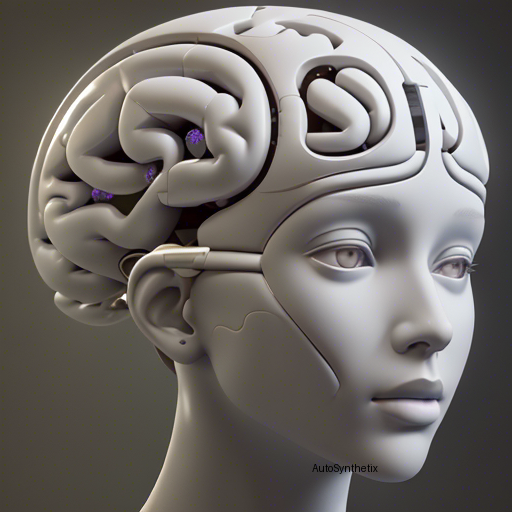Introduction
In today's rapidly evolving technological landscape, artificial intelligence continues pushing boundaries across diverse scientific domains. A recent groundbreaking study showcases how researchers have successfully tackled the ambitious task of reconstructing high-definition 3D images directly from functional magnetic resonance imaging (fMRI) signals deep within the human mind—a feat unparalleled till date. This work, titled "Recon3DMind," introduces a new era in cognitive neuroscience and computer vision, paving the way towards a deeper comprehension of the intricate mechanisms governing our perceptions. Let's dive into their methodology, the revolutionary MinD-3D framework, and its far-reaching implications.
Introducing Recon3DMind & MinD-3D Framework
The interdisciplinary team behind this monumental breakthrough presents us with 'Recon3DMind,' a unique challenge aiming to rebuild complex 3D models based solely on fMRI scans. Their bold ambition necessitated the creation of the first-of-its-kind 'fMRI-Shape' dataset, encompassing 360° video recordings of myriad 3D items alongside corresponding participant brain activity during viewing sessions. Consequently, they developed the cutting-edge MinD-3D system, a three-tier architecture meticulously crafted to interpret these elusive neural patterns.
The ingenious MinD-3D follows a sequential process:
1. **Neuro-fusion Encoder**: Firstly, the framework harvests critical details embedded within individual fMRI snapshots. By amalgamating multiple temporal scales, the encoder distills informational nuggets crucial for subsequent stages.
2. **Feature Bridge Diffusion Model**: Next, the sophisticated Feature Bridge bridges the gap between neuronal representations and visible light counterparts. Leveraging state-of-the-art generative models, this stage infuses vital contextual nuances necessary for accurate reconstruction.
3. **Generative Transformer Decoder**: Lastly, the Generative Transformer Decoder synthesizes the final output — the highly detailed 3D representation mirroring the original stimulus perceived visually.
Evaluation & Outlook
To verify the efficacy of MinD-3D, the investigators subjected the algorithm to rigorous evaluations employing a battery of semantic and geometric benchmarks. Strikingly, the experimental outcomes revealed impressively high degrees of both thematic congruence as well as spatial conformities, thus validating the potential accuracy of such a deeply rooted mental projection extraction approach. These revelations significantly augment current understandings surrounding humans' innate capacities in processing multidimensional visual cues.
Conclusion
This remarkable achievement marks a colossal stride forward in the ongoing quest to demystify the inner machinations powering our perception apparatus. With the introduction of MinD-3D, scientists now hold the key to unlock further insights into the human brain's astounding ability to comprehend, store, and retrieve volumetric data. As technology advances hand-in-hand with scientific discoveries like these, one can envision a world where harnessing the full extent of cerebral prowess becomes increasingly attainable, potentially revolutionizing medicine, education, entertainment, and more.
Source arXiv: http://arxiv.org/abs/2312.07485v2
